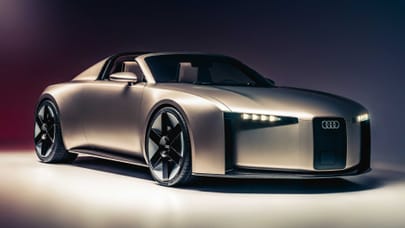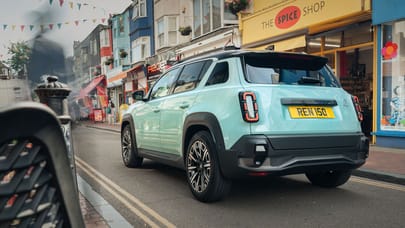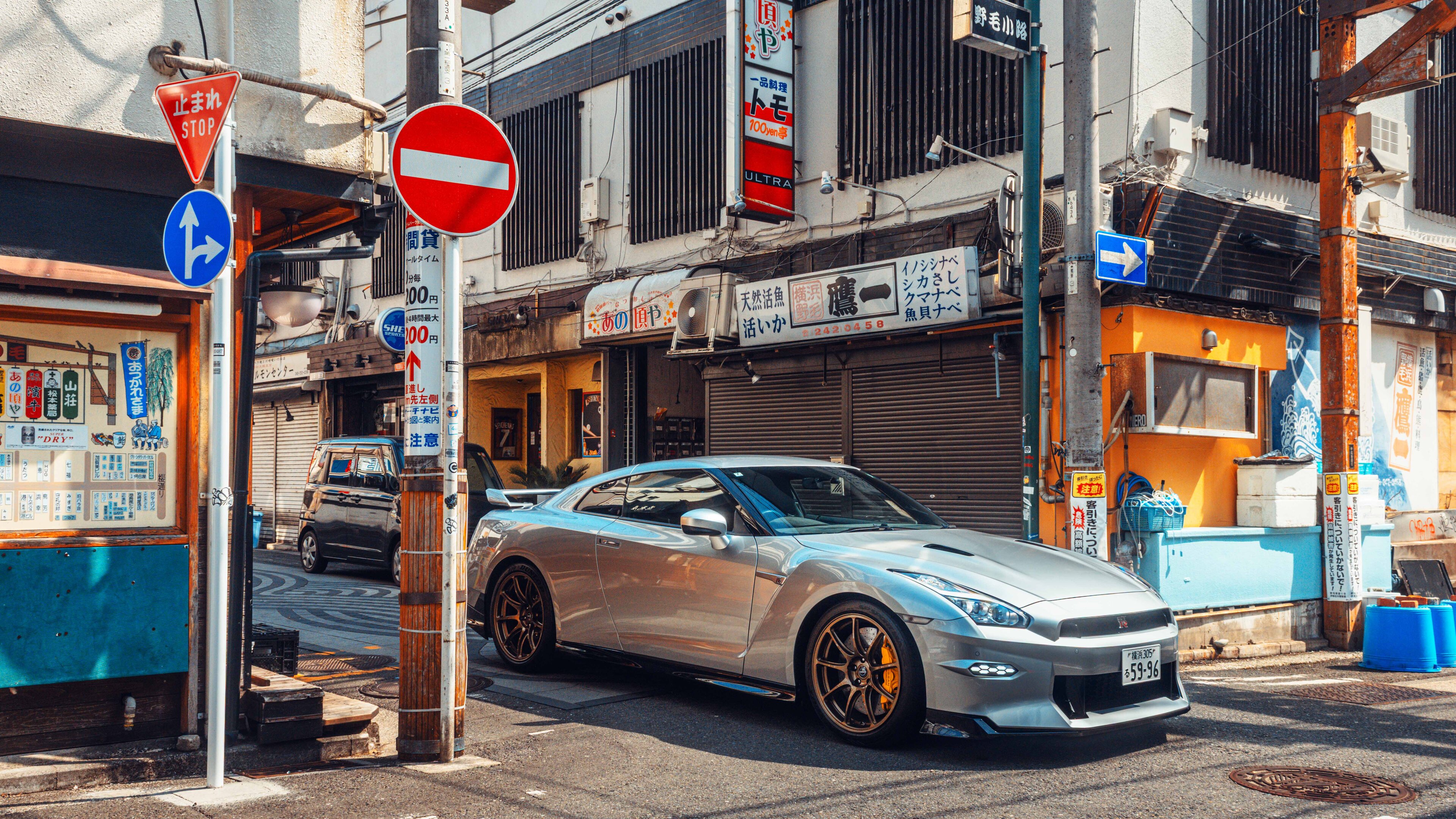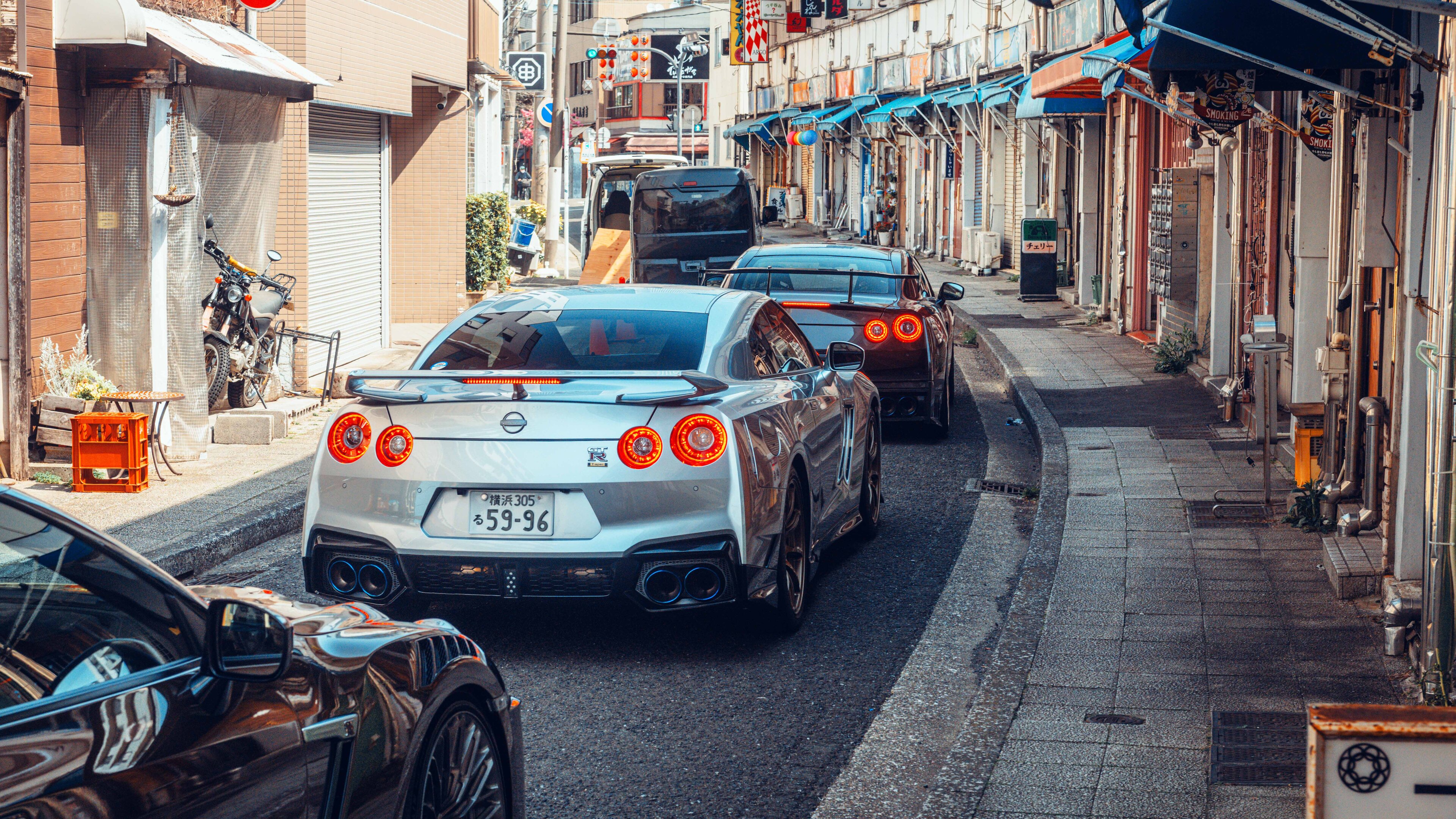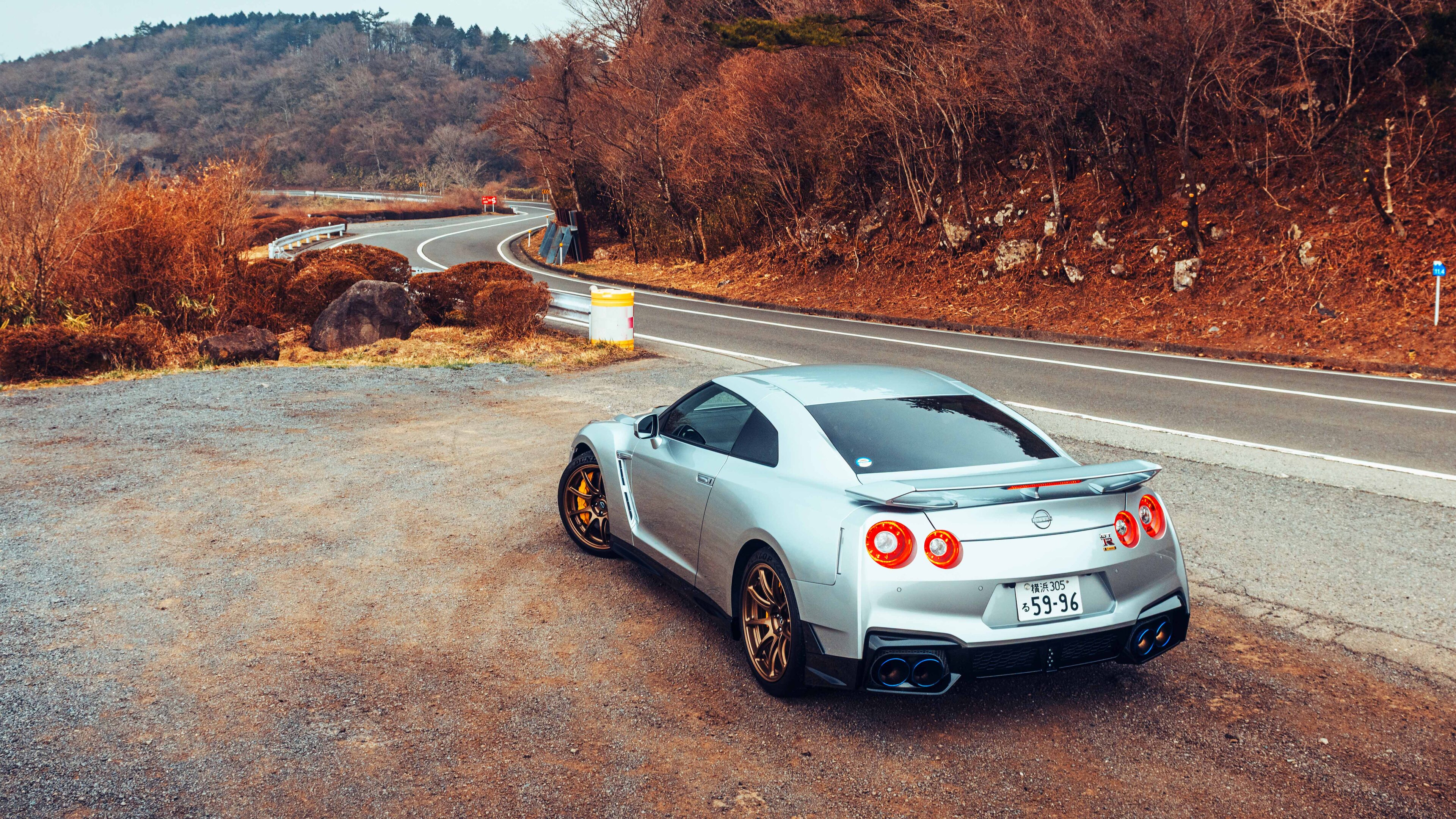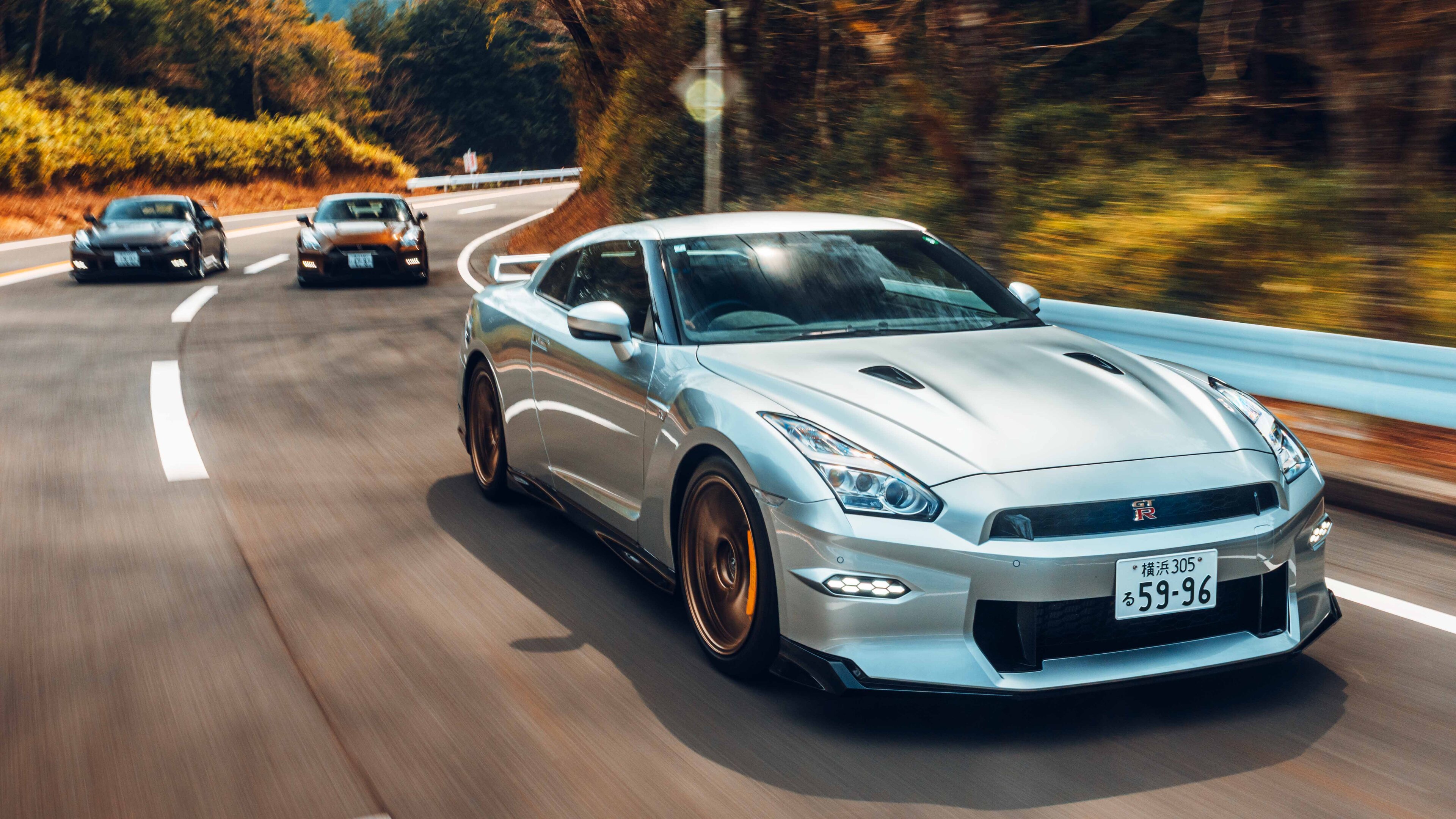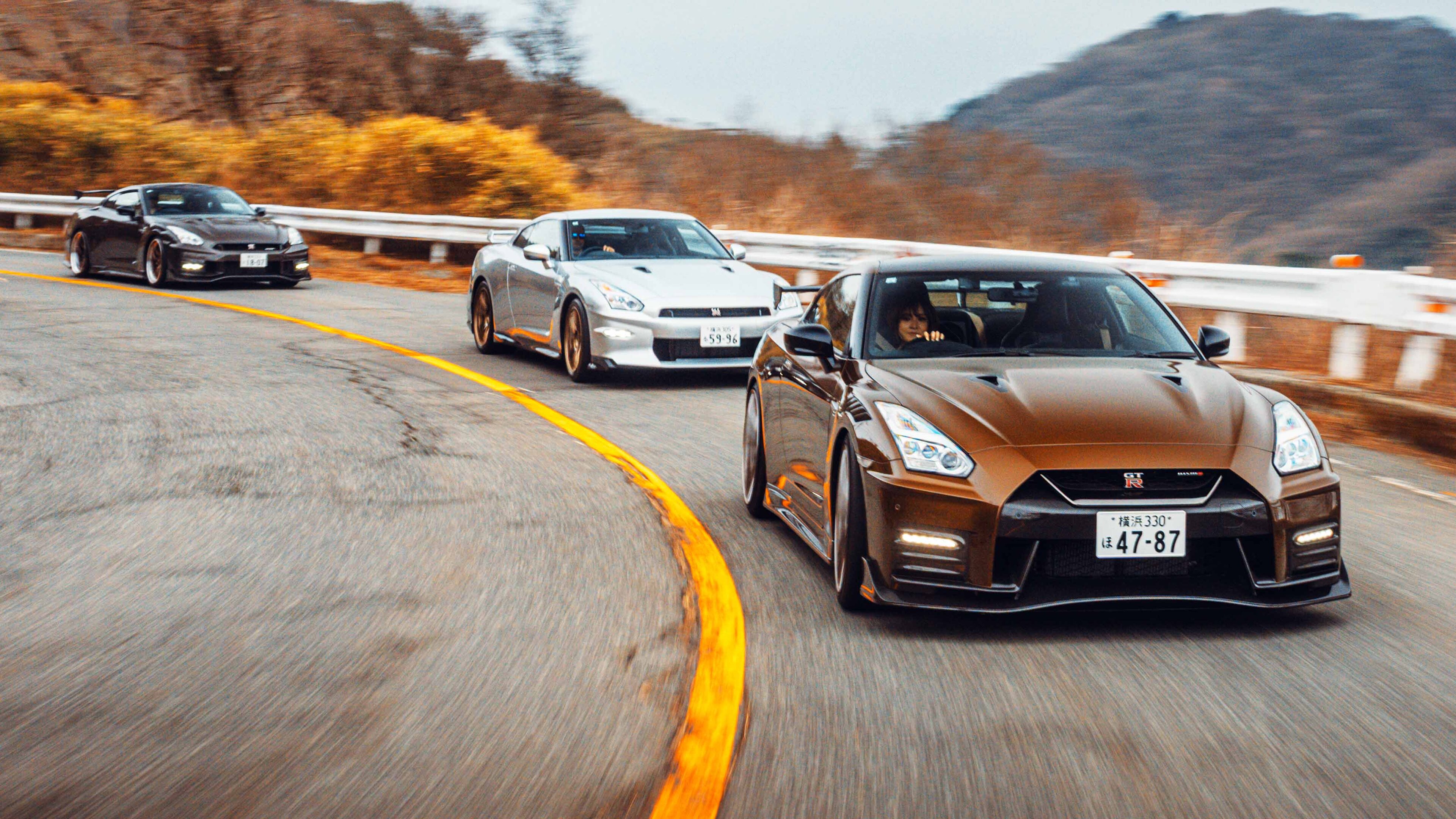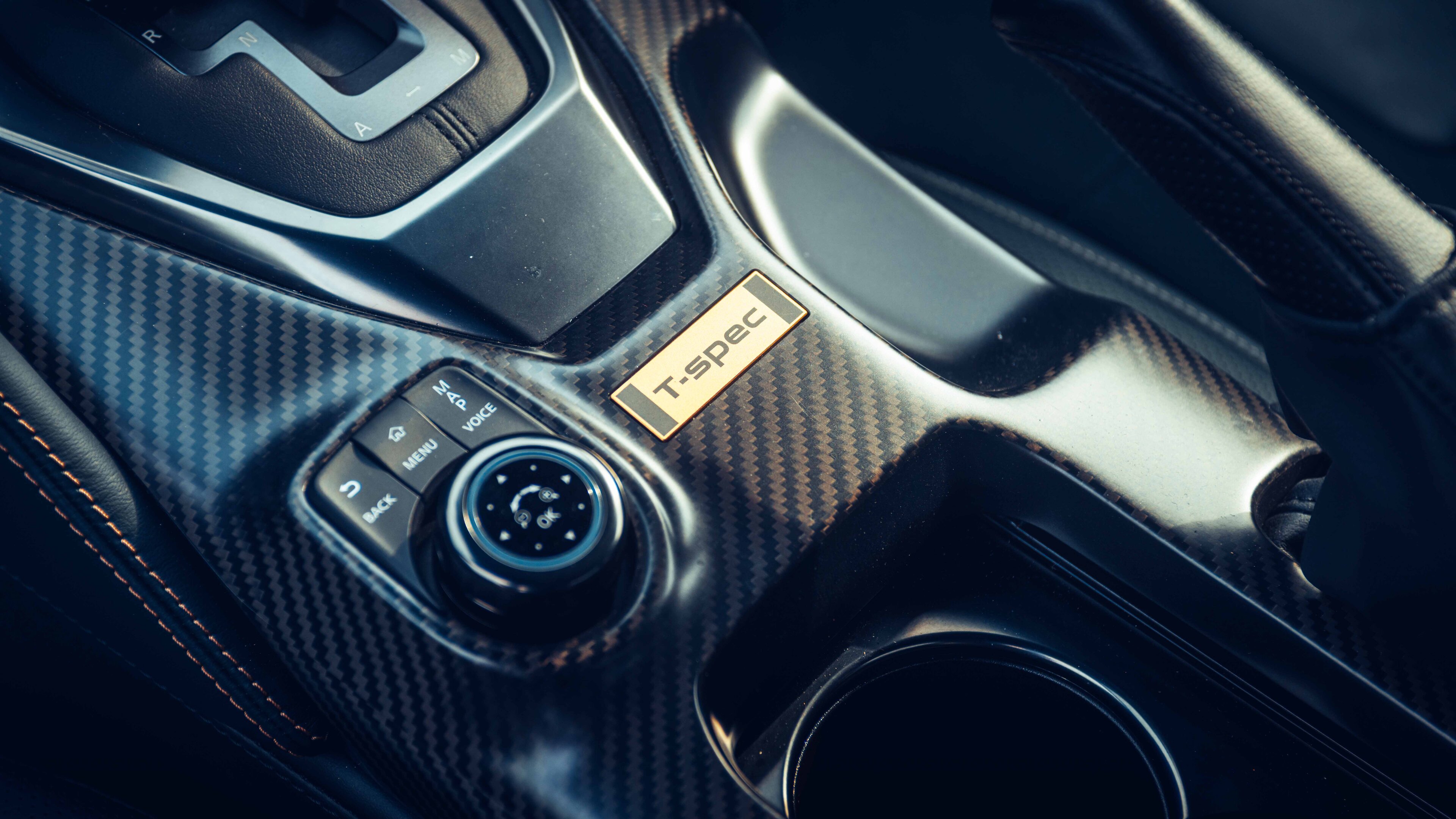
Sayonara, Godzilla: one last ride through Tokyo in the R35 Nissan GT-R
Nissan’s nuclear monster has gone back into the ocean – we fight it one last time
Gojira is dead. Japan’s motoring kaiju has been laid to rest, driven back into the icy depths of the Pacific and far away from this clanging metaphor. The supercar world is safe once again.
Because for the best part of 18 years, the ‘R35’ Nissan GT-R was busy laying waste to all that came before it. Including, in its very earliest incarnation, Jeremy Clarkson’s neck. “They haven’t built a new car here,” JC said, right before Nissan’s reanimated Godzilla attacked him. “They’ve built a new yardstick.”
Perhaps foolishly, we reanimated the R35 from its deep slumber in Nissan’s Yokohama HQ for one last ride; a valedictory sendoff on home turf before a hot ride to its natural hunting ground – the Hakone turnpike – flanked by pair of modified GT-Rs that never left our side. Our travels quickly taught us that Japan’s a brilliant paradox of a nation: high tech with an ancient, historic core.
Photography: Toby Thyer
Just like Godzilla, itself an unconventional yardstick wrapped in a paradox. Here was a car designed like a brick that featured cutting edge aerodynamics. A car that appeared to be an artificial, self driven computer on wheels that required very human effort to tame and extract performance from.
And crucially, a four seater, £50k-ish Nissan (at launch) that’d eat a BMW M3 for breakfast and eye up a Porsche 911 Turbo for lunch. Ferrari and Lamborghini were on the menu for dinner. Not that the R35’s chief engineer, Kazutoshi Mizuno, ever saw it that way, thinking of his 2007 baby as a “new kind of supercar, one with no competitors”.
Hiroshi Tamura – the GT-R’s product planner back in those heady days – elaborated. “Some people asked me, ‘What were your competitors for the R35?’” Tamura-san told TopGear.com. “In some circumstances like a track day, it’s OK to compare to some of the other performance cars.
“But to be honest, I didn’t see any sports car as a rival, because of the ‘trend making’ standpoint of this car. We did not see any rivals because we were so focused on going our own way,” he added.
Trend making. That’s the yardstick Clarkson was talking about. Nissan wasn’t trying to build a nondescript machine that’d simply outthrust a 911 Turbo for half the price, it was trying to lay down a performance benchmark for the 21st century. Back then it probably had no idea just how much of the 21st century it’d see.
Top Gear
Newsletter
Thank you for subscribing to our newsletter. Look out for your regular round-up of news, reviews and offers in your inbox.
Get all the latest news, reviews and exclusives, direct to your inbox.
A period in which it saw off challenges left, right, and sometimes sideways. The first of which just happened to be the fastest car on Earth: the 997 911 Turbo. “Driving these two cars back to back,” Top Gear’s Bill Thomas said back in 2008, “it’s not long before you realise that the Nissan makes the Porsche seem old fashioned. The GT-R is truly extraordinary.”
“The GT-R is part car, part Terminator,” editor at large Jason Barlow noted when it faced up against the Audi R8. “To stand beside this car now is to look upon a near perfect representation of the 21st century sports car,” added TG’s Matt Master when Godzilla faced off against the Evo X. “It’s back to that schoolboy fantasy. Otherworldly, yet right here in front of me, and as spectacular and dramatic in the metal as any car I’ve ever clapped eyes on.”
It remains unexpectedly, spectacularly brutal even in 2025, perhaps more so in an age of unearned, easy electric pace. The sheer force unleashed when the T-Spec’s 562bhp V6 awakens is genuinely incredible, soundtracked by an engine note that’s a mix of fine tuned heavy industry and turbo hiss. God, this thing is supernaturally quick.
More than its technical prowess and sheet metal attraction is the supercar banner it carried on behalf of Japan. “It’s an important car because it’s the first time a Japanese car was properly tested at the Nürburgring,” Tetsuya Yamano told TopGear.com. Yamano-san won three consecutive Japanese Super GT300 titles from 2004 to 2006, so he knows a thing or three about JDM honour. “It was the first time Japan really went all out to make a ‘special’ car.
“It makes Japanese people proud because we made it. Before this, we could never really battle with German and Italian supercars, but with the R35 we finally could,” he added.
The GT-R is like Gundam tech. It embodies strong power, controlled by technology. You are the commander. The car is the extension
“If I had one last lap in it? Fuji Speedway, 300kph,” he said with a smile. Though, 300kph [186mph] is just the start of another chapter of the R35’s story, because it continued a very fine tradition instigated by its kaiju predecessors: being tuned to within an inch of its life.
“The GT-R is arguably Japan’s flagship model,” said Iain Litchfield, founder of Litchfield Motors. “More importantly, the R35 has built a community of performance enthusiasts who have bought into and built on the GT-R’s reputation.”
The GT-R has been at the heart of this tuning house for more than 17 years, so Litchfield’s been privy to the GT-R’s history like no other. “The real difference the GT-Rs have had is allowing their enthusiastic owners a blank canvas to create their dream car,” he added. Dream cars that’d routinely see upwards of a thousand horsies without breaking a sweat.
Nissan itself treated the GT-R’s base to a healthy package of updates over the years, steadily improving the raucous, untamed heavyweight’s technology and refinement, but also its power and purpose as the years rolled by and the competitor landscape – and consumer desires – shifted.
Against the Honda NSX in 2018 – a fiendishly complex hybrid supercar that instantly made the R35 seem even more like its neolithic silver screen namesake – TG’s Tom Ford noted that “it might basically be the same car as the giant killer that arrived in 2007, but it just goes to show that the basic recipe was very, very right”.
A recipe crafted by Mizuno-san and Tamura-san that put the owner and enthusiast at the heart of everything. Forget the myth and technology and warp speed and competition and cricked necks and shattered supercar egos – you were the biggest part of the GT-R’s story.
“I realised the most important thing is that the car is for a customer,” Mizuno-san told TG back in 2012. “The GT-R is a Japanese supercar. What is Japan? It is takumi [artisanship]. This is Japanese spirit. It is a special skill that adds something special in the customer mind and passes it on to the next generation.
“So the GT-R is takumi. I do this for the customer, not for myself or company pride,” he added. In the here and now, Tamura-san painted with the same brush. “The question was how do we make performance car fans happy, and the answer was the R35,” he told TG. “I wanted to create happiness.
“The GT-R is like Gundam tech. It embodies strong power, controlled by technology. You are the commander. The car is the extension. Its shape is not Italian exotic. It’s not American muscle, or German tech, but it’s the spirit of our super sports car scene.
The most important thing is how the customer, how the audience feels
“It’s like the heartbeat of Japan,” he added.
Only Nissan knows what ingredients will feature in the recipe for the next GT-R... if there even is one. At the time of writing, the company is undergoing yet another recovery plan, slashing jobs, culling factories, and ditching all post-2026 new car development.
The Hyper Force concept from 2023 pointed to a steroidal 1,341bhp AWD electric Godzilla, but that too looks like it’s been driven back into an icy slumber while Nissan fights for its very life. But Tamura-san reckons we shouldn’t get too hung up on what’ll power the new Godzilla if it ever resurfaces from the Pacific, but rather – like this R35 – what it’ll represent.
“We need to show the next trend,” he said. “This is a very important role for the GT-R. In my opinion the most important thing is how the customer, how the audience feels.”
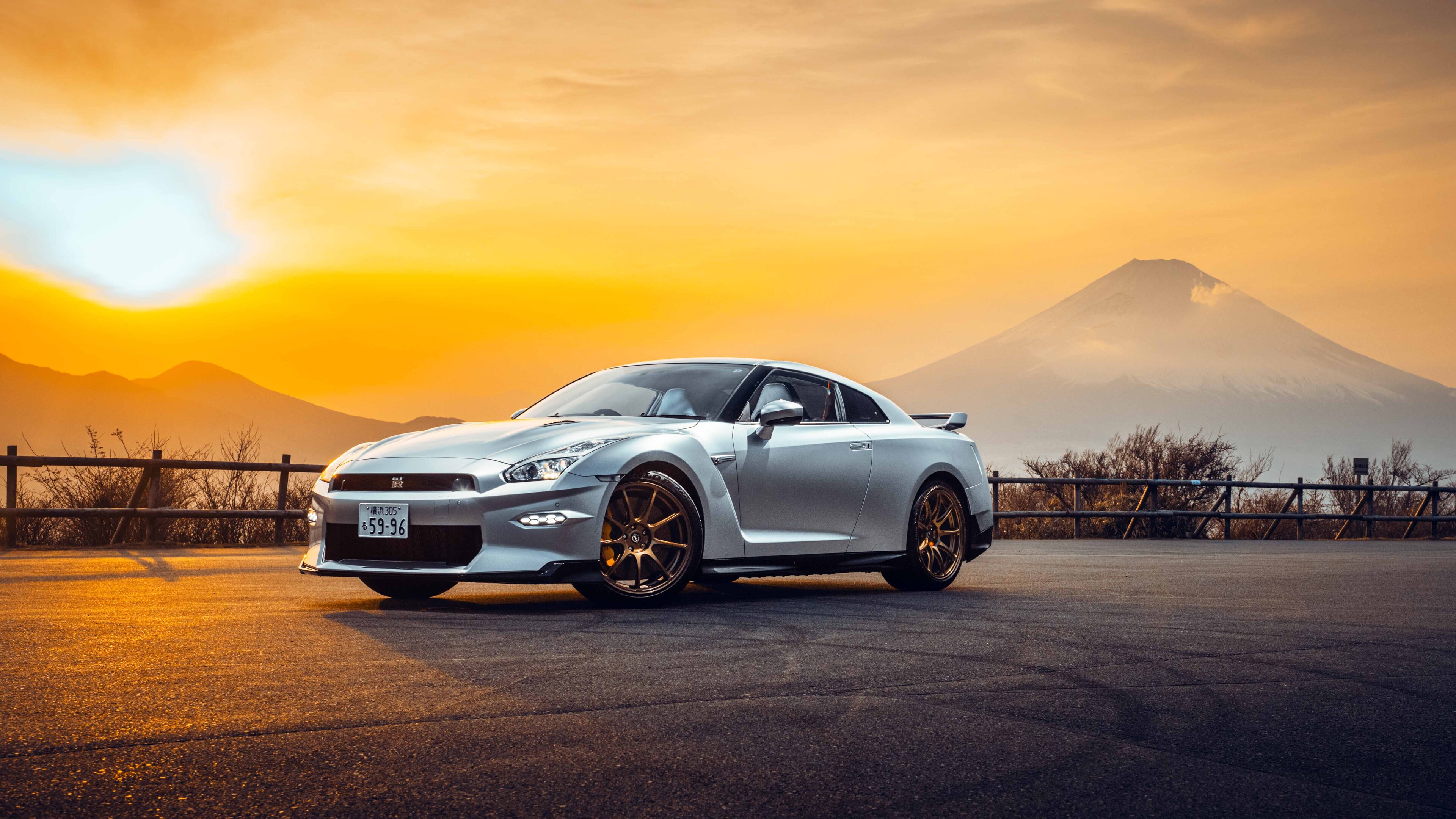
Trending this week
- Long Term Review
Life with a 500bhp BMW 550e: do you really need an M5?





